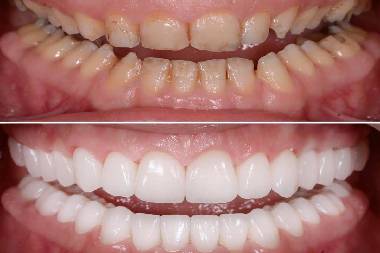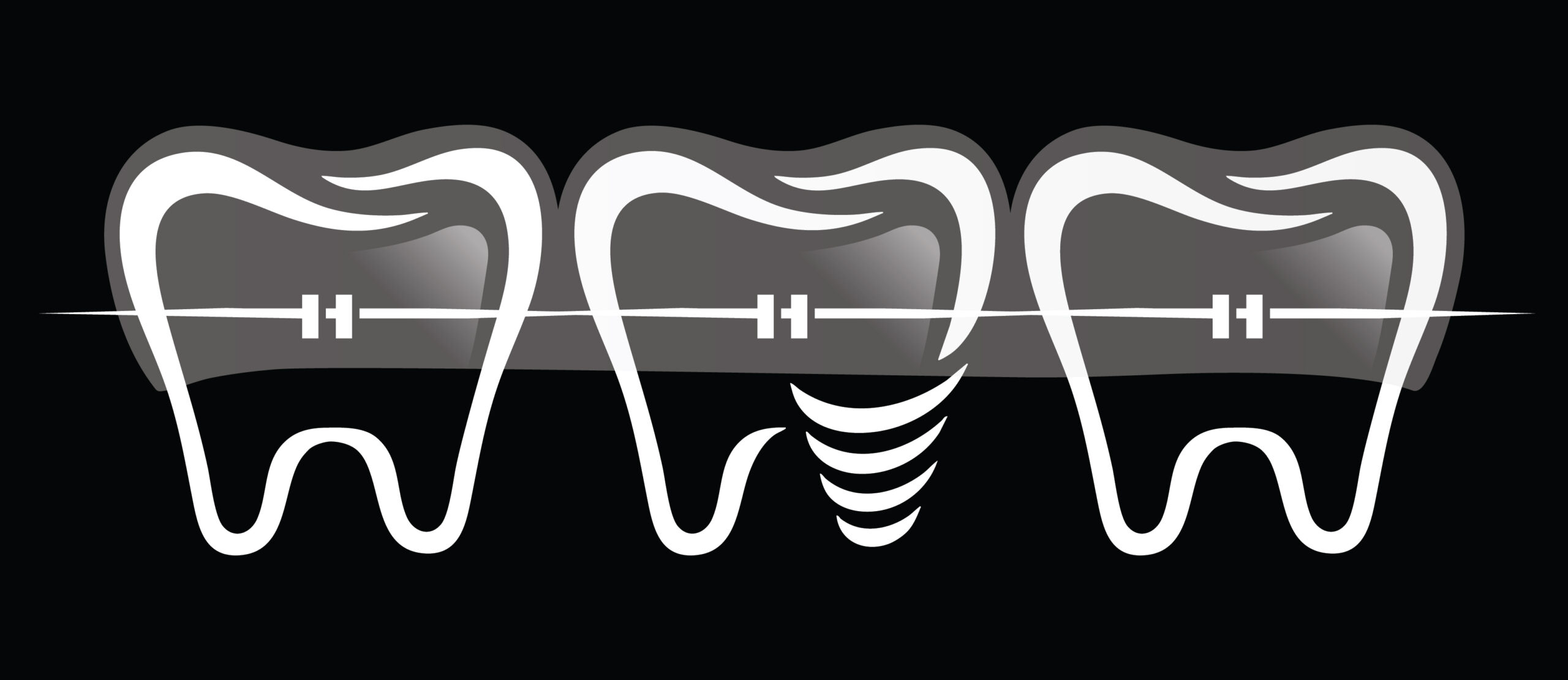Full Mouth Rehabilitation
Full Mouth Rehabilitation (FMR)—also known as full mouth reconstruction or full mouth restoration—is a comprehensive dental treatment plan that involves rebuilding or restoring all of the teeth in both the upper and lower jaws. It’s typically used for patients with extensive dental issues affecting function, health, and aesthetics.
What Is Full Mouth Rehabilitation?
It’s a multi-disciplinary approach that may combine:
Restorative dentistry (fillings, crowns, bridges)
Prosthodontics (dentures, implants)
Periodontics (gum treatment)
Orthodontics (braces, aligners)
Endodontics (root canals)
Oral surgery
Who Needs It?
FMR is typically recommended for patients who have:
Severe tooth wear (due to grinding, acid erosion, etc.)
Multiple missing teeth
Extensive dental decay or broken teeth
Chronic jaw, muscle, or headache pain (TMJ disorders)
Congenital disorders (e.g., amelogenesis imperfecta, ectodermal dysplasia)
Failed previous dental work
Trauma to the face/jaws
What Procedures Are Involved?
Each case is personalized, but common procedures include:
| Category | Possible Treatments |
|---|---|
| Restorative | Fillings, inlays, onlays, crowns, bridges |
| Prosthetic | Dentures (partial/full), implants |
| Orthodontic | Braces, clear aligners |
| Endodontic | Root canal treatments |
| Periodontal | Deep cleaning (SRP), gum surgery |
| Surgical | Tooth extraction, bone grafting, sinus lift |
Steps in Full Mouth Rehabilitation
Comprehensive Examination
X-rays, 3D scans (CBCT), photos, dental impressions
Occlusal analysis (bite and jaw function)
Diagnosis and Planning
Create a customized treatment plan
May involve digital smile design (DSD)
Phase-wise Treatment
Treat infection, stabilize oral health first
Restore function and aesthetics next
Final Rehabilitation
Placement of crowns, bridges, or prosthetics
Occlusal adjustments
Follow-up & Maintenance
Regular dental visits and hygiene protocols
Benefits
Restored oral function (chewing, speaking)
Improved facial aesthetics and smile
Relief from pain or discomfort (TMJ, headaches)
Boost in confidence and quality of life
Risks & Considerations
Long treatment time (months to over a year)
Financial cost
Requires strict oral hygiene and follow-up
Complex coordination between dental specialists

